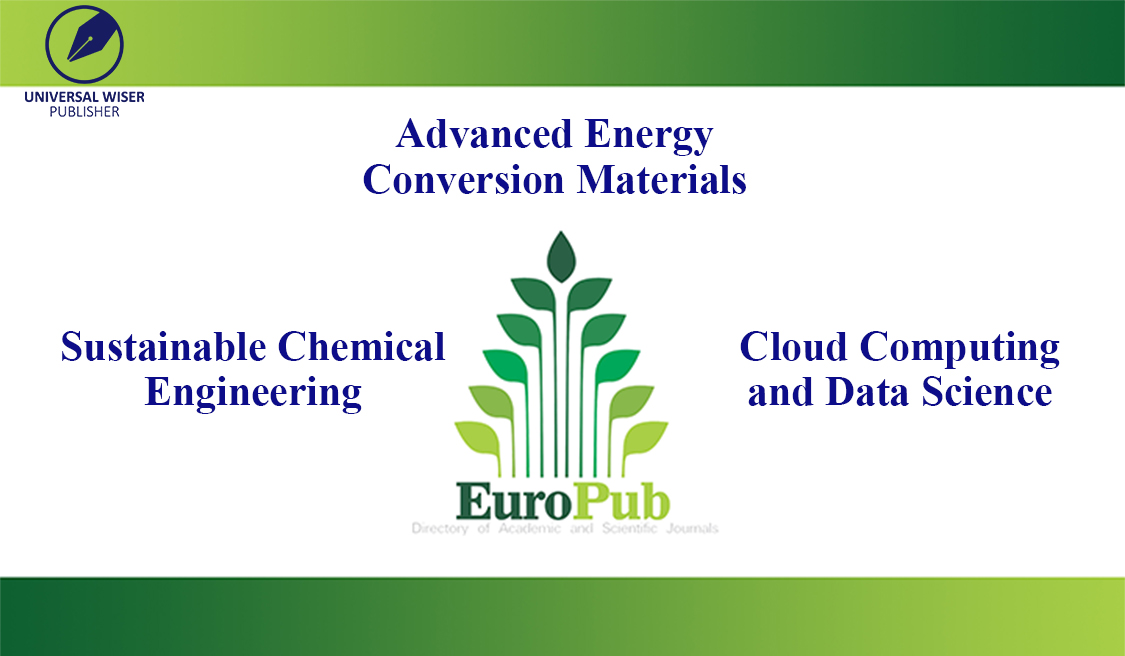


The findings provide promise of targeted treatment for patients with the disease.
Investigators have discovered that a biodegradable nanoparticle used in medical sutures could combat a rare, sometimes-fatal autoimmune disease.
Researchers found that a unique macrophage, an immune cell that removes bacteria or dead cells, plays a key role in the chronic inflammation and scarring in the lungs and skin of people with scleroderma, or systemic sclerosis. This macrophage, called MARCO+, was found to be elevated in people with the orphan disease, which affects around 70,000 Americans and currently has no effective treatment.
The research team injected mice with biodegradable PLG nanoparticles, short for poly (lactic-co-glycolic) acid. The results, published in JCI Insight, reveal that PLG specifically targeted MARCO+ inflammatory cells and prevented skin and lung fibrosis. Even more striking, nanoparticle treatment could even reverse fibrosis in these mice, says John Varga, M.D., senior author of the paper and chief of the Michigan Medicine Division of Rheumatology.
“The findings reveal a stark difference: untreated mice had terrible scarring in the lungs, and those treated with this nanoparticle saw the disease decease in severity or completely disappear,” said John Varga, M.D., senior author of the paper and chief of the Michigan Medicine Division of Rheumatology. “This is a promising step towards targeted treatment for patients with early scleroderma that could potentially mitigate the worst effects of the disease.”
The research team believes the MARCO+ cells become activated in people with scleroderma and circulate in the blood stream, traveling to the tissues and causing scar formation. While the PLG nanoparticle reduced fibrosis in mouse models, Varga says future studies are needed to determine exactly how it prevents the MARCO+ activation.
PLG is already approved by the U.S. Food and Drug Administration for creating biodegradable sutures. In previous studies, Varga’s co-authors found that PLG decreased inflammation in mouse models of myocardial infarction. It is not currently available as a treatment for patients.
“We hope that this type of therapy will one day be evaluated in clinical trials for scleroderma,” Varga said. “People with scleroderma are at great risk for skin and lung thickening that impacts function, and we look for any way to stop that from happening.”
Source: https://www.technology.org/2022/03/08/nanoparticle-fights-scleroderma/

Scheduled Server Maintenance and System Downtime Notice Dec 16, 2025

Celebrating CM Editorial Board Members Recognized in the Wor... Oct 10, 2025

Food Science and Engineering Now Indexed in CAS Database Aug 20, 2025

Contemporary Mathematics Achieves Significant Milestone in 2... Jun 19, 2025

Three Journals under Universal Wiser Publisher are Newly Ind... Apr 21, 2025